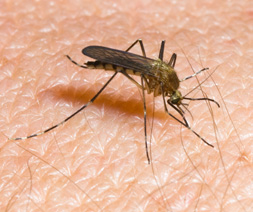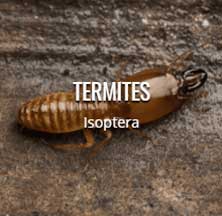Bedbugs can be found anywhere there are people. More than 90% of professionals encountered bed bugs in their apartments, condos, single-family homes, and condominiums in 2015. Three-quarters (74%) also experienced infestations in hotels or motels in 2015. Infestations have increased in nursing homes, offices, and public transport since 2013. Respondents have also reported infestations in shelters and college dorms. Specifically:
- Nursing homes – 58 % (46 % in 2013).
- Office buildings – 45 % (36 % in 2013).
- Daycare centers and schools – 43% (41%) in 2013
- Hospitals – 36% (33%) in 2013
- Outpatient services/doctors’ offices – 33 percent (26 percent in 2013).
- Transport (train/bus/taxi/taxi) – 29 percent (21 per cent in 2013).
- Retail stores – 20% (15 percent in 2013).
- Movie theatres – 16% (10 percent in 2013).
Many people have shared stories of bed bugs being found in unusual places. One PMP discovered them in a club, another in a casket, and another found them in a bathtub vent. Pest management professionals often encounter bed bugs in unexpected places.
Public Attitudes: Customers are more concerned about bed bugs this year than they were in previous years, according to two out of five PMPs (43%). Only 6 percent of PMPs claim that customers are more concerned today than they were in the past, with 51 percent stating that little has changed.
Treatment of bed bugs
Professionals still use visual inspection to find bed bugs. Because of their complex nature, professionals are increasingly using other methods to find bed bugs. These include traps that can be used to capture and intercept them on their way to the next meal.
Nearly all PMPs (95%) will treat bed bugs once they are discovered. Many professionals (84%) also use mattress encasements and have their clients wash infested items (79%). Fewer PMPs are using vacuums (62%), heat treatment (40%), and steam (38%). Notably, the disposal of infested objects has fallen in popularity. 47% recommended disposal in 2011, compared to 62% in 2011.
Nearly eighty-seven percent of PMPs (77%) conduct preventive bed bug treatment, up from six of ten (60%) back in 2012. These proactive services typically involve monitoring and inspection to identify infestations early so that they can be managed more easily. According to 68 percent of respondents, bed bugs are still the most difficult pests to control. 21 percent of respondents identify ants as their most challenging pest, while 9 percent name cockroaches, 2 percent list termites, and 9 percent name cockroaches.
80 percent of respondents cited homeowner clutter as the greatest customer-oriented problem in dealing with bed bugs. Next came customers who didn’t follow the advice (62%), and re-infestation (24%). A mere 29 percent of the respondents claimed that employees from their company have accidentally brought bedbugs to their house or office from a treatment area.
These findings, as in previous years show that bed bugs need to be educated and made more visible to the public. Although professional pest management companies can eradicate infestations, they can also be expensive, time-consuming, and disruptive for consumers. Although bed bugs seem to be here to stay in the United States, they can be stopped by vigilant citizens who take steps to stop them from spreading wherever they travel.








